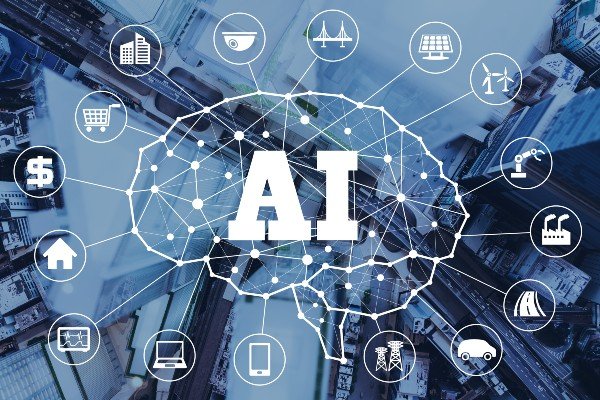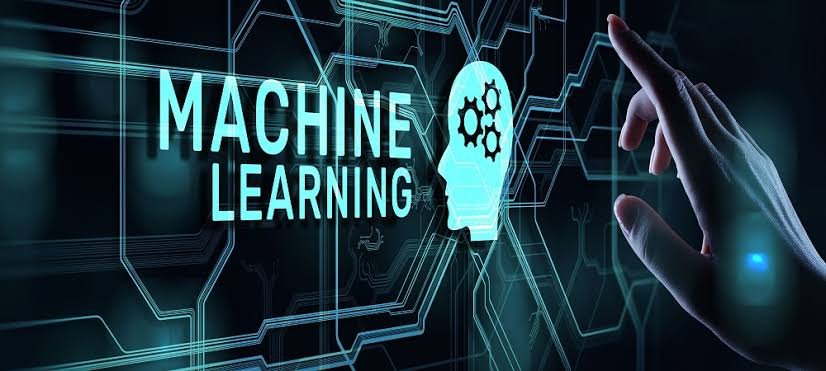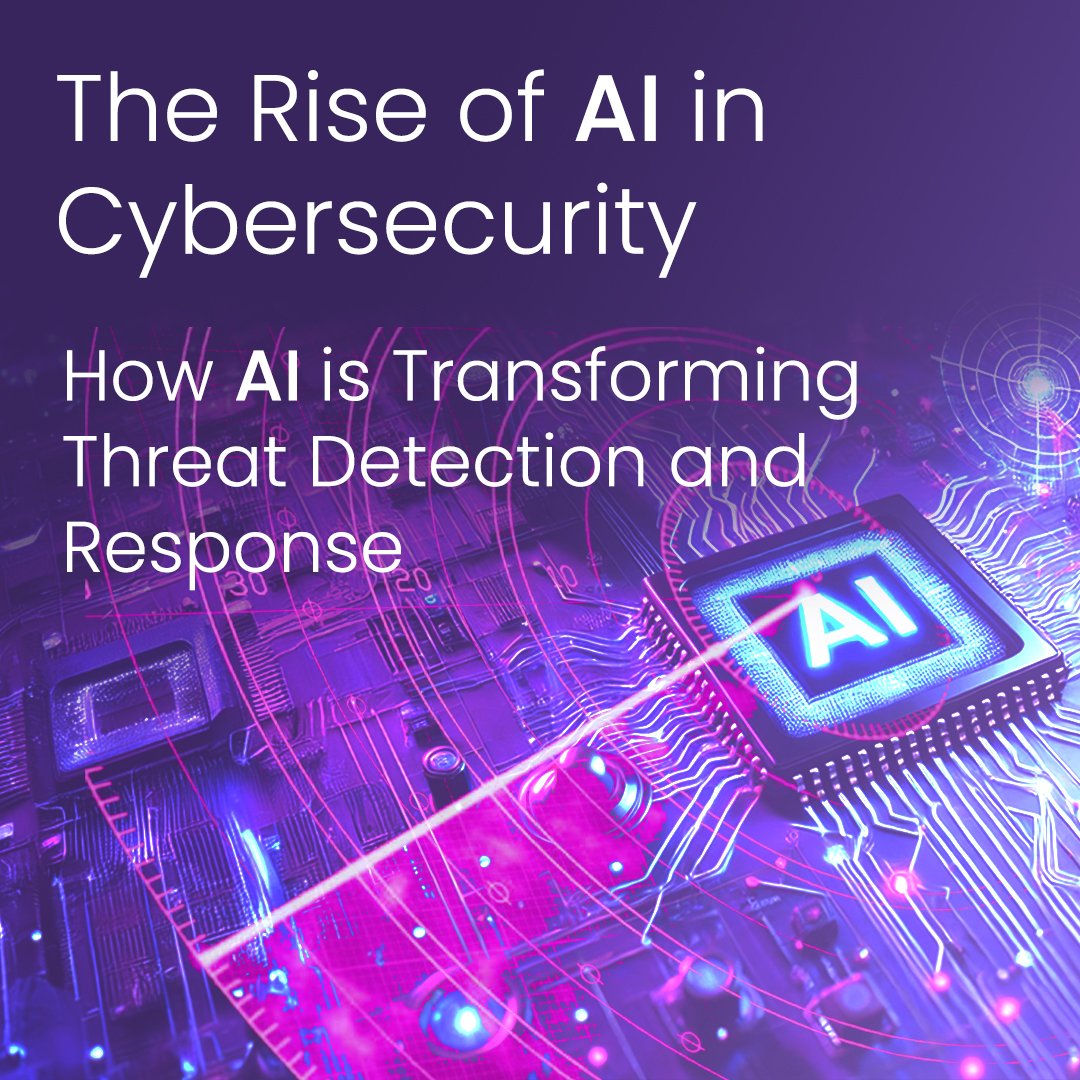Now, cybersecurity is a pressing concern in this modern, connected world. From personal data to critical infrastructures, everything traditionally remains a target of ever-scaled, sophisticated cyber-attacks. Now, artificial intelligence enters the scene, the game-changing element in the area of digital defense. AI brings speed, efficiency, and adaptability into cybersecurity, helping an organization stay ahead of cybercriminals.
Let’s explore how AI changes the face of cybersecurity and sets the future of digital safety.
1. Predicting and Preventing Cyber Threats
One of the strongest features AI possesses is its capability to predict any threats that may arise well in advance. Traditional security systems usually respond to known threats; however, AI can proactively identify risks based on patterns in large datasets. How?
Analysis of Behavioral Patterns: AI-driven systems can monitor user behavior to identify anomalies. For example, if an employee logs in from a location he has never used before or at odd hours, the system can flag it as a potential security risk.
Identification of Vulnerabilities: Several AI-powered tools scan through networks and systems to find weak points that could be targeted by any hacker. This helps an organization patch the weak points before they are targeted.
Detecting risks, AI minimizes the window of opportunity that a cybercriminal might look for to reduce the possibility of an attack happening at all.
2. Real-Time Threat Detection and Response
Traditional security methods detect the cyberattack after considerable damage is well done. But AI changes this by offering real-time threat detection and response:
Continuous Monitoring: AI systems operate at 24⁄7, processing large volumes of data in real-time. Malware, phishing attempts, or unauthorized access-what would take humans hours to identify-can be located in seconds.
Immediate Action: Once a threat is identified, AI can immediately perform the necessary action to nullify it. It might, for instance, quarantine the infected system, blacklist a suspicious IP address, or send an alert to the security staff.
This speed is critical for reducing the impact of the attack that in critical environments may mean everything.
3. Automation of Routine Security Tasks
Most cybersecurity teams face a huge amount of routine work: monitoring network traffic, managing firewalls, and installing updates. Many of such tasks can be performed by AI itself and hence free human experts for more creative work:
AI for Automated Threat Analysis: AI can sift through security alerts to determine which are serious and which should be ignored. This keeps “alert fatigue” minimal and ensures that crucial alerts are dealt with in time.
Patch Management: AI tools can find outdated software, perform automatic updates. It reduces the chances of vulnerabilities.
By automating these tasks, AI increases efficiency but also minimizes the occurrence of human error, which is always among the major causes of security breaches.
4. New Threats Detection Learning
The threat landscape in cyberspace is constantly changing. Variants of malware, phishing methods, and ransomware are countless, because new forms emerge at any moment. Unlike classic security systems that work on the basis of rules programmed into their core, AI learns and adapts:
Machine Learning: Through machine learning algorithms, AI scans and analyzes past cyberattacks to enhance its capabilities of threat detection. With time, it will get better and professional in recognizing even the smallest signs of a new threat.
Dynamic Defense: AI can change its approach or strategy according to the most up-to-date threat intelligence. Suppose a new kind of ransomware has gone live; through machine learning, AI systems can rapidly learn how to recognize and block it.
The reason this is so important is because the system can stay ahead of the cybercriminal, who always tries to find some kind of weakness in a system to gain access.
5. Improve Endpoint Security
Endpoint security, with the increased usage of working remotely and the Internet of Things, has become the prime factor. Every device connected to a network-be it your laptop, smartphone, or smart home appliance-is the potential entry point for the cyberattack. AI fortifies the endpoints through a number of means:
Device Behavior Monitoring: It can monitor how a device usually behaves and flags it in case it behaves out of the ordinary-for instance, unauthorized installation of software or data transfers.
Adaptive Authentication: AI-powered systems have adaptive authentication where added verification is required when suspicious attempts at login are detected.
By securing the endpoints, AI helps in protecting the entire network from being compromised.
Limitations and Challenges of AI in Cybersecurity
While AI is advantageous at many levels, yet it does come with certain challenges:
False Positives: Sometimes AI systems flag legitimate activities as threatening, too, thus causing unnecessary disturbances. How to strike a balance between sensitivity and accuracy remains an open challenge.
Dependence on Quality Data: AI needs big datasets to function correctly. Poor quality or incomplete data can result in the wrong detection of threats.
AI vs. AI: Even cybercriminals are using AI in constructing more sophisticated kinds of attacks. This has been manifesting as a sort of “AI arms race” in cybersecurity.
Despite these challenges, the advantages of AI are much greater than its limitations, making it a key ingredient in any modern cybersecurity strategy.
The Future of AI in Cybersecurity
As technology continues to advance, so will the role that AI plays in cybersecurity. Here are several trends to watch:
AI-powered threat hunting: Future AI might proactively hunt for threats on the internet and even neutralize them before they reach the intended targets.
Integration with Blockchain: A likely integration of AI with blockchain technology will add an edge in data integrity and transparency, which will make operations tougher to conduct undetected by cybercriminals.
More Sophisticated Analytics of User Behavior: Insights into user behavior will go even deeper with the use of even more advanced AI systems, hence further improving threat detection capabilities.
Conclusion
AI is revolutionizing cybersecurity by offering faster, smarter, and proactive defense mechanisms. By predicting threats, detecting attacks in real time, and automating routine tasks, AI helps organizations outsmart cybercriminals. Though challenges are aplenty, the promising role of AI in bringing a complete revolution to digital security is unquestionable.
Given that cyber threats are continuously evolving, AI also will, to keep the digital world as safe and secure as it can be.




